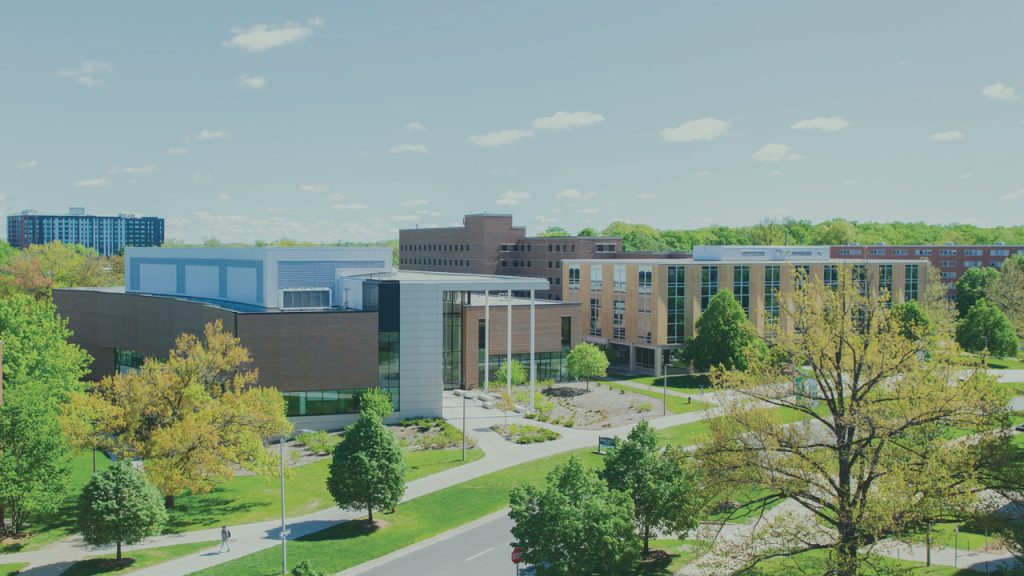It’s evident that natural disasters can cause disruptions in many ways. Hurricanes, typhoons and earthquakes can change landscapes, displace families and wreak havoc on businesses. Specifically, supply chain networks are often easily impacted by natural disasters. A disruption can ripple throughout an entire network, causing the business to operate abnormally and sometimes even shut down entirely.
Take Toyota, one of the world’s largest automakers. In 2011, there was a monumental tsunami and earthquake event in Japan that took the lives of many people, left much of the island without power and resulted in Toyota stopping nearly all of its auto production across 18 manufacturing plants for an uncertain amount of time. Material damage from the events is estimated at $300 billion, according to CNN.
Years later, this level of disruption is continuing to happen. In 2017, Puerto Rico was hit by a world-record massive hurricane that devastated the entire island’s infrastructure, including its medical industry supply chain networks. Puerto Rico is still working to recover from the event.
While natural disasters are not to be underestimated, this kind of disruption happens often enough to be a real consideration for businesses. So, is it possible for businesses to anticipate and prepare for these types of disruptions to avoid shutting down operations?
Sri Talluri, Hoagland Metzler Endowed Professor and professor of supply chain management, is working to answer this question and uncover strategies for risk management to predict and prevent disruptions of this magnitude.
“Our research works to answer the question, How do you design robust and resilient supply chain networks to mitigate risk?” Talluri said. “We study networks to understand how disruptions propagate across the supply chain and identify vulnerabilities associated with various nodes and arcs. This helps us in recognizing critical parts of the network that need to be fortified to appease the impact of disruptions.”
Talluri explained that his work is motivated by real-world impacts, such as the effects of natural disasters on global supply chain networks. He focuses on supply chain networks within the automotive industry and is currently studying how these networks are evolving over time to improve their effectiveness.
“The challenging part is that most companies look at risk in a very myopic manner, focusing only on their immediate system without actually looking at upstream and downstream processes,” Talluri said. Often, companies are too concerned with merely cost optimization and lose sight of risk management as a critical factor in the equation as well.
“I think it’s really important to be able to look at the kind of risk mitigation strategies that are being used upstream and downstream and work to align these strategies,” he said. “This alignment allows companies to better respond to risk in an efficient manner.”
Talluri’s forthcoming research, in an article titled “Procurement Decisions and Information Sharing Under Multi-tier Disruption Risk in a Supply Chain” to be published in the International Journal of Production Research, places an emphasis on the need for information sharing to improve supply chain network resilience. He explained how two-way information sharing between the focal company and its first-tier suppliers is necessary for aligning risk management strategies and making lasting improvements.
“We know that global supply chains are complex,” he said. “If we are able to have access to data at different points of the network, then we can use predictive models to estimate what the probability of disruption is going to look like at these points, which helps us in minimizing the impact of a disruption.”
Talluri says that such predictive models can also simulate conditions under which certain risk management strategies will work best, which could help companies prepare for significant natural disasters. “Our approaches are very mathematical in nature to strategically design a network based on cost optimization and risk mitigation; the key is to effectively consider these tradeoffs,” he said.
Talluri not only works to improve global supply chain networks but also shares his knowledge around the world. He holds a visiting professorship with the University of Melbourne in Australia and has presented his recent work in risk management at its Supply Chain and Services Management Symposium, in addition to serving as an invited scholar at the Tilburg University’s School of Economics and Management in the Netherlands. He has conducted seminars on journal publishing and discussed a variety of research topics with faculty and doctoral students.





